America, known as the land of freedom, hosts a variety of unique attractions. Yet, not all have stood the test of time. We explored tourist spots built before the 2000s and tracked their popularity over the years. While many still thrive, some have faded from the spotlight. Online sources reveal these attractions once drew crowds but have since lost their allure.
Four Corners Monument, Southwest USA

At the Four Corners Monument, the states of Arizona, Colorado, New Mexico, and Utah meet. This spot is known for its unique geographic feature. Created in the 1870s, it used to be a favorite spot for Southwest travelers. But now, its novelty might not be enough to draw visitors. Also, it’s hard to get to because it’s in a remote area. This could be why fewer people go there now.
World’s Largest Ball of Twine, Kansas

Nestled in Cawker City, it’s definitely a unique landmark. This giant ball of leftover twine was a testament to thrift and community spirit. The annual “Twine-a-thon” ensures the ball keeps growing, with the community adding more twine each year. However, the World’s Largest Ball of Twine might not be on everyone’s must-see list anymore. For some, it might be a one-time stop on a road trip.
Wall Drug, South Dakota

Wall Drug is a roadside attraction known for its aggressive advertising campaign. During the golden age of road trips, Wall Drug thrived due to its clever marketing strategy. The endless billboards piqued travelers’ curiosity, making it a near-obligatory stop for many. However, the rise of interstate highways with more amenities reduced the need for quirky roadside stops. Plus, the reduced use of billboards for marketing is also killing its charm.
Winchester Mystery House, California

This was the home of Sarah Winchester, widow of firearm magnate Oliver Winchester. Renowned for its architecture and constant construction, the house is believed to be haunted. Over time, the Winchester Mystery House failed to compete with other spooky attractions. Besides, these days, more and more people find the story behind the haunt less relatable.
South of the Border, South Carolina

South of the Border is a large roadside attraction in South Carolina. It features a Mexican-themed atmosphere with restaurants, shops, and kitschy décor. Its decreasing relevancy can be blamed on the rise of chain restaurants.
The Fountain of Youth, Florida
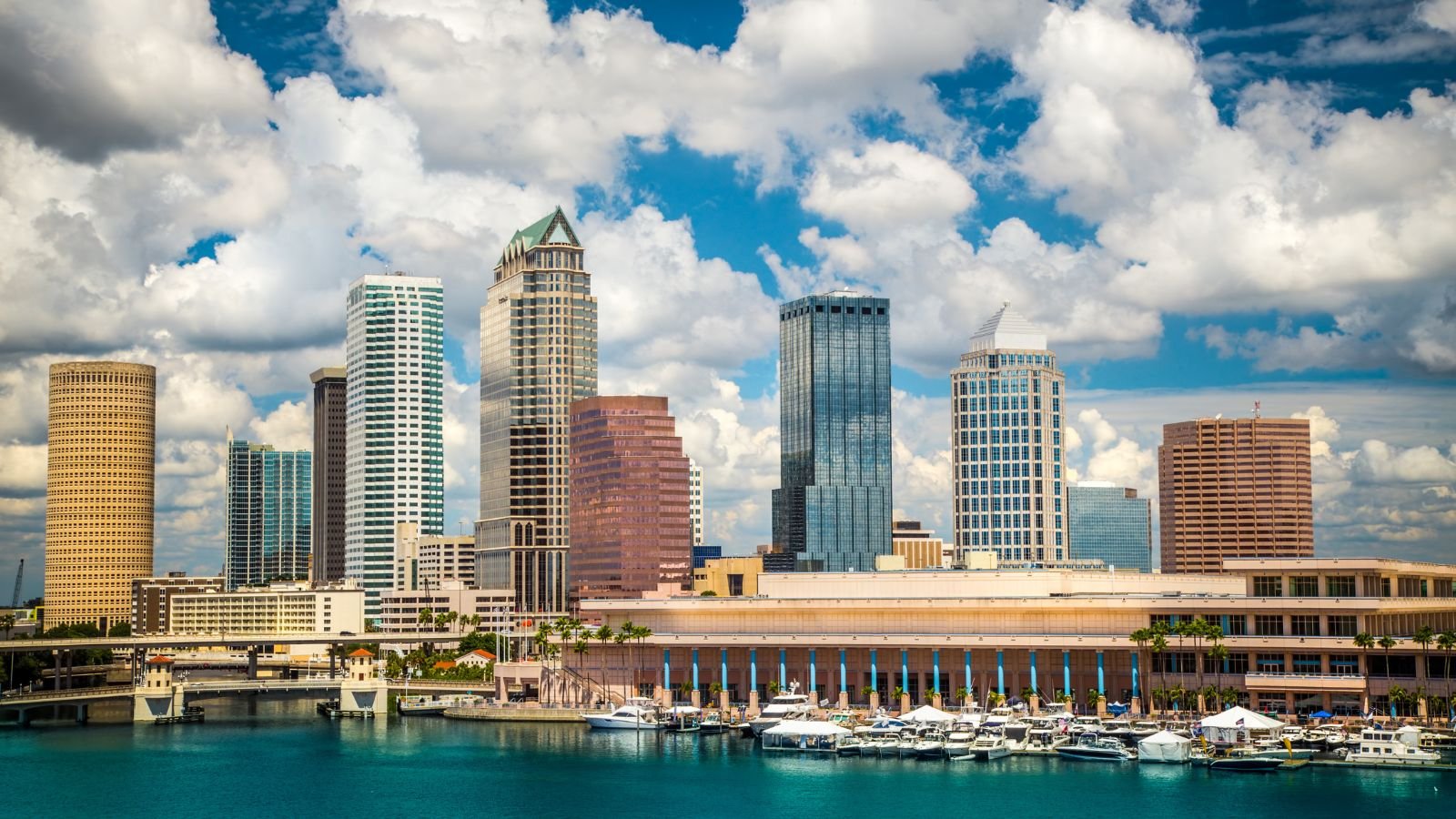
This historical attraction was built around the legend of explorer Juan Ponce de Leon. He was seeking a magical spring that grants eternal youth. The legend’s fantastical nature might limit its appeal for some. Additionally, Florida has too many theme parks and historical sites that compete for tourist attention.
The Corn Palace, South Dakota

This unique structure is adorned with intricate murals made from corn cobs. Each year, a new theme is chosen to showcase artistic talent and celebrate the importance of agriculture in the region. However, its focus on agriculture might not resonate as strongly with everyone. Plus its location might limit accessibility for some travelers.
Roswell, New Mexico
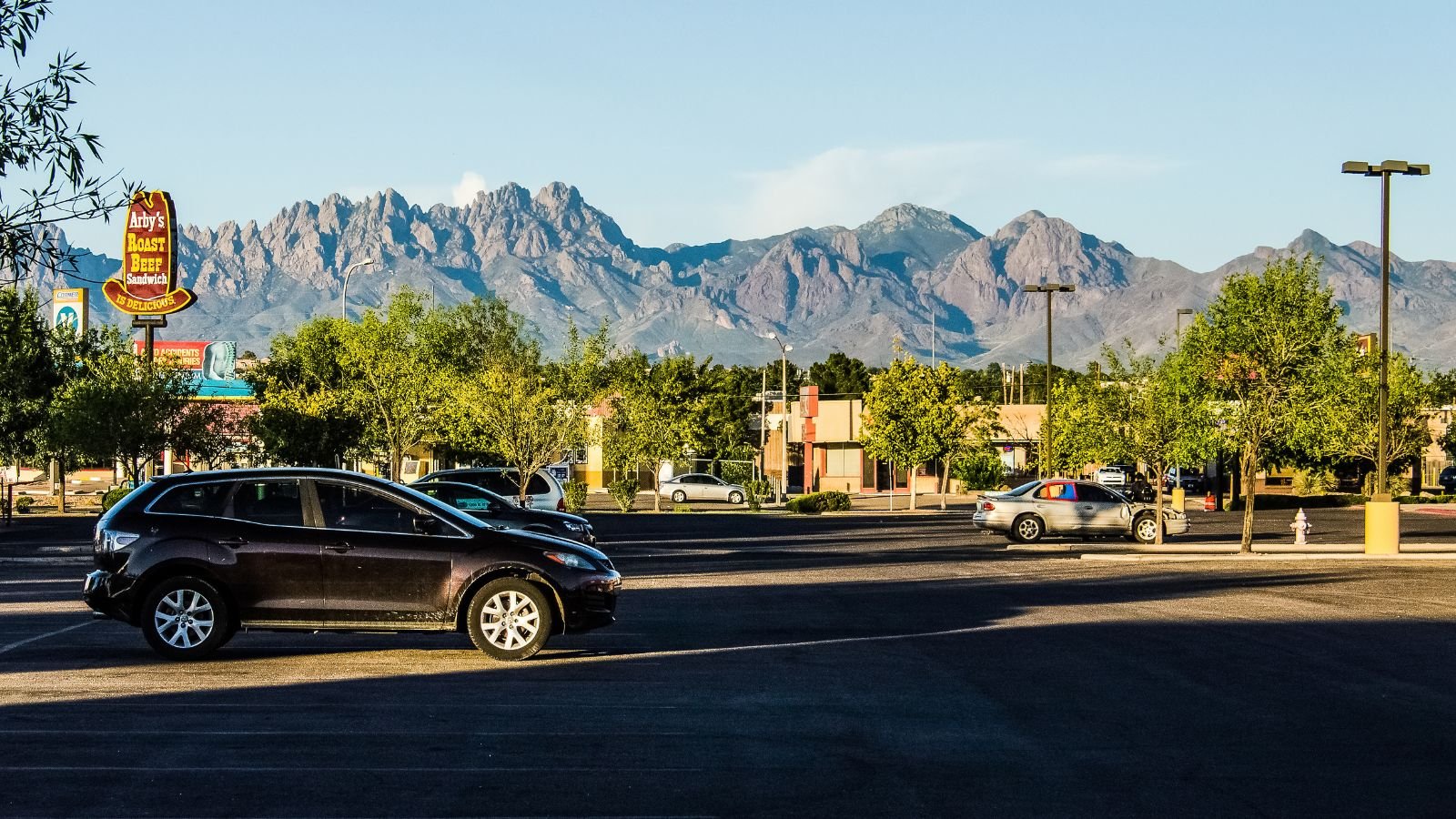
This small town came into the spotlight due to the alleged UFO crash incident of 1947. The rumor attracted UFO enthusiasts and conspiracy theorists from around the world. With technological advancements and discoveries, many debate the origin of the incident. Besides, due to the internet, people can learn about this place without even visiting.
Carhenge, Nebraska

Carhenge is a replica of England’s Stonehenge monument but with a unique twist. Instead of massive standing stones, Carhenge uses vintage American cars, all painted a uniform gray. While Carhenge attracts curious visitors, its appeal might be niche. Located in rural Nebraska, some people have to make a dedicated trip. Additionally, those who want to visit a more traditional historical landmark might find the use of automobiles less appealing.
The Mystery Spot, Michigan
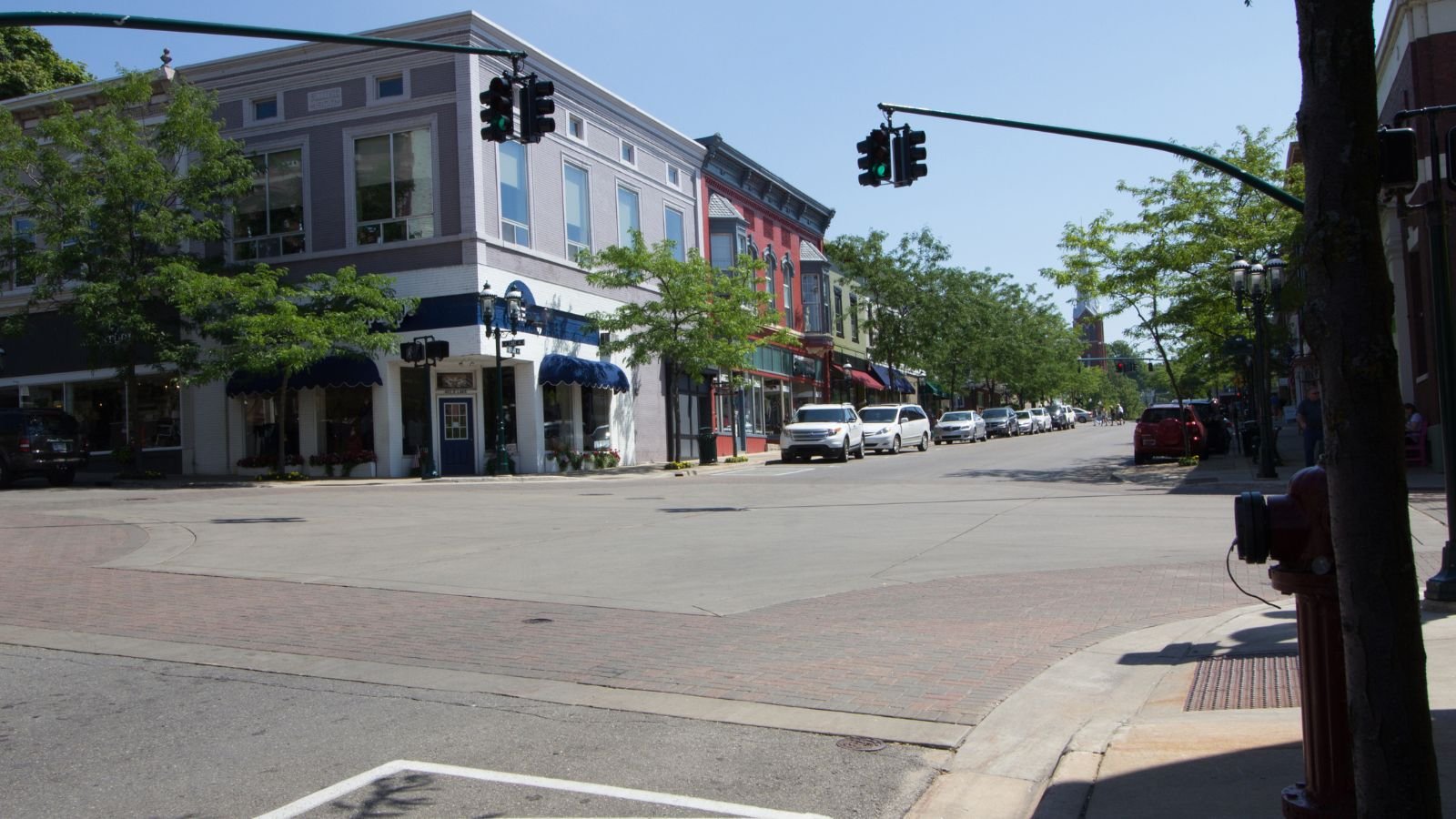
This tourist attraction is known for its gravity-defying phenomenon. Visitors experience a tilted sensation while walking through a small, specific area within a building. The tilted sensation can be subjective; some might even find the explanation underwhelming. Additionally, its location might not be convenient for all travelers.
The Thing, Arizona
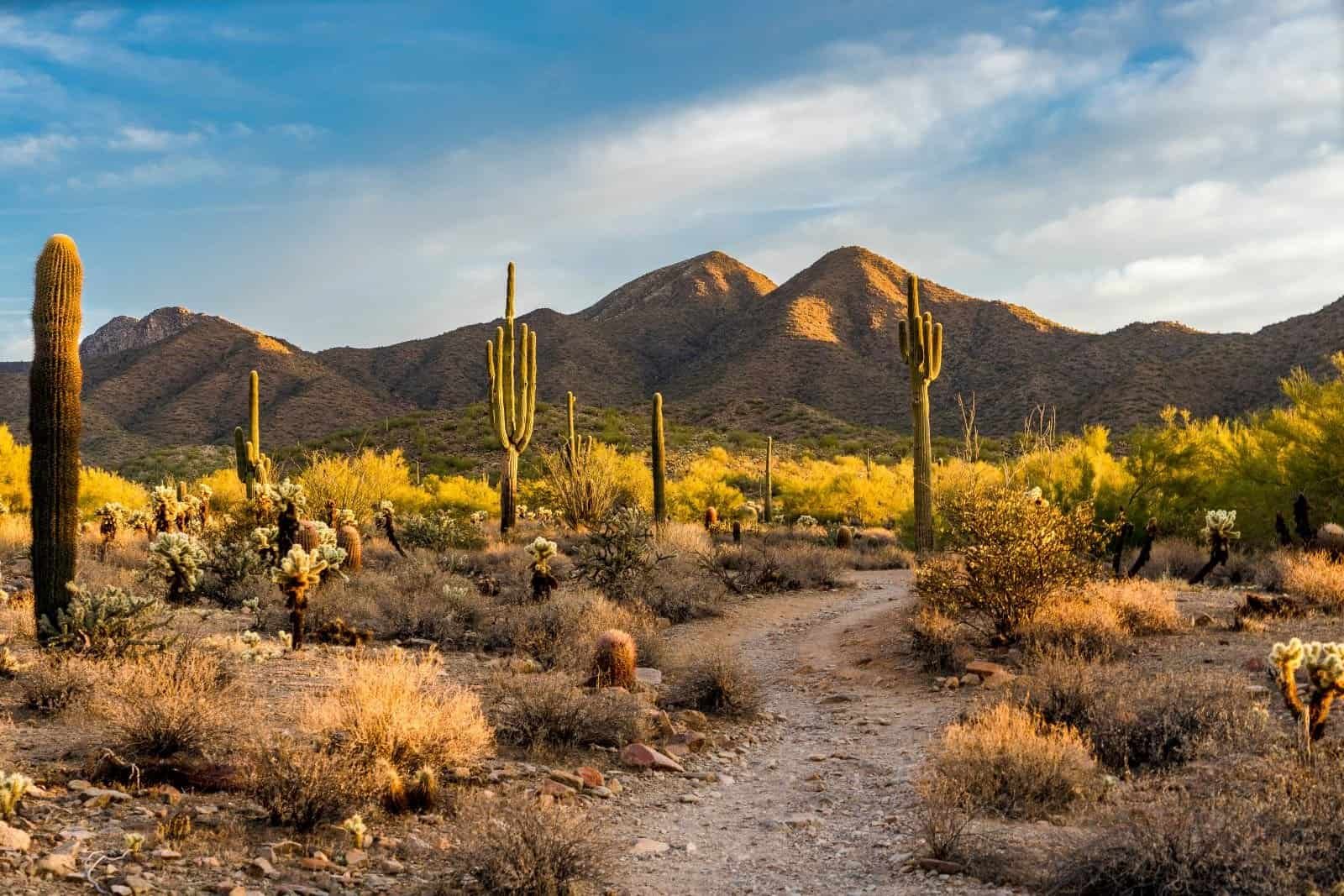
The Thing in Arizona is a unique stop by the road, famous for what’s said to be a mummified creature. People can’t quite agree on what The Thing really is – some think it’s just a well-made fake, others guess it might be an alien. If you’re into solid science or history, this might not be your cup of tea. Plus, it’s out of the way, sitting on a less-traveled highway, which could make it hard for some to visit.
Dollywood’s Splash Country, Tennessee

Built by singer Dolly Parton, this water park was known for its thrilling rides and family-friendly atmosphere. Dollywood’s Splash Country quickly became a beloved destination. However, by 2016, the park faced increased competition from newer water parks, and soon, the number of visitors started to decline.
Metropolis, Illinois
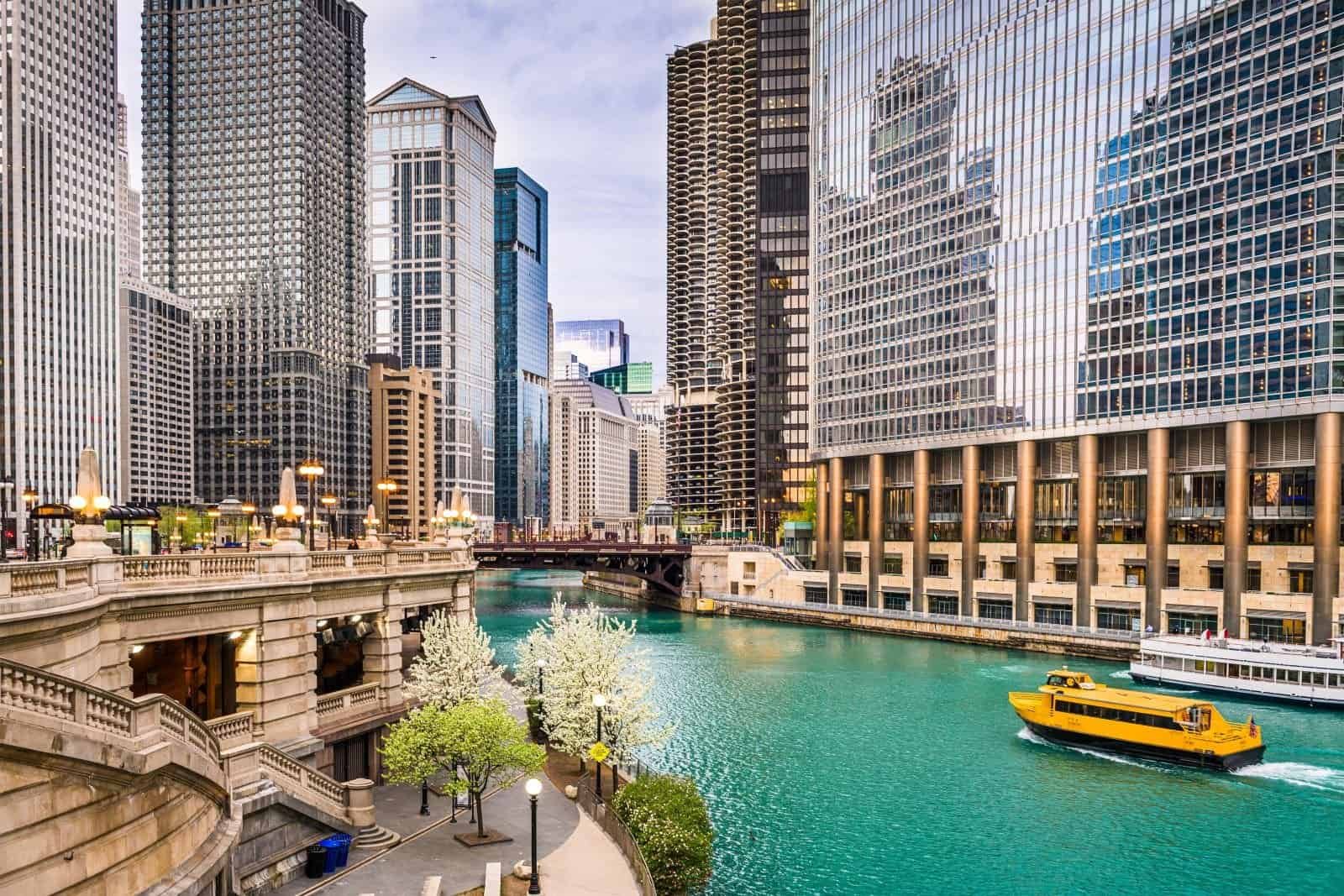
Metropolis, Illinois, gained fame for sharing its name with Superman’s home city. It started getting popular in the 1970s, and the town embraced its superhero link, filling the place with Superman memorabilia. However, it still has very niche visitors, and only those who are huge fans of Superman visit the town.
The Cabazon Dinosaurs, California

The Cabazon Dinosaurs are a pair of enormous, steel-and-concrete dinosaur sculptures. One is a 150-foot-long Brontosaurus, and the other is Mr. Rex, a 65-foot-tall Tyrannosaurus Rex. The landmark also got into controversies for housing a creationist museum but is still functional.
Lucy the Elephant, New Jersey

Lucy the Elephant is a six-story-tall elephant-shaped building constructed in the 1800s. It was planned for a real estate marketing poly but ended up serving various purposes. The list includes a restaurant, a souvenir shop, and an observation tower. However, her popularity waned over the years, and she faced neglect and potential demolition. Her location and unique design might not be for everyone, which could be why she has decreased tourist visits.
Foamhenge, Virginia
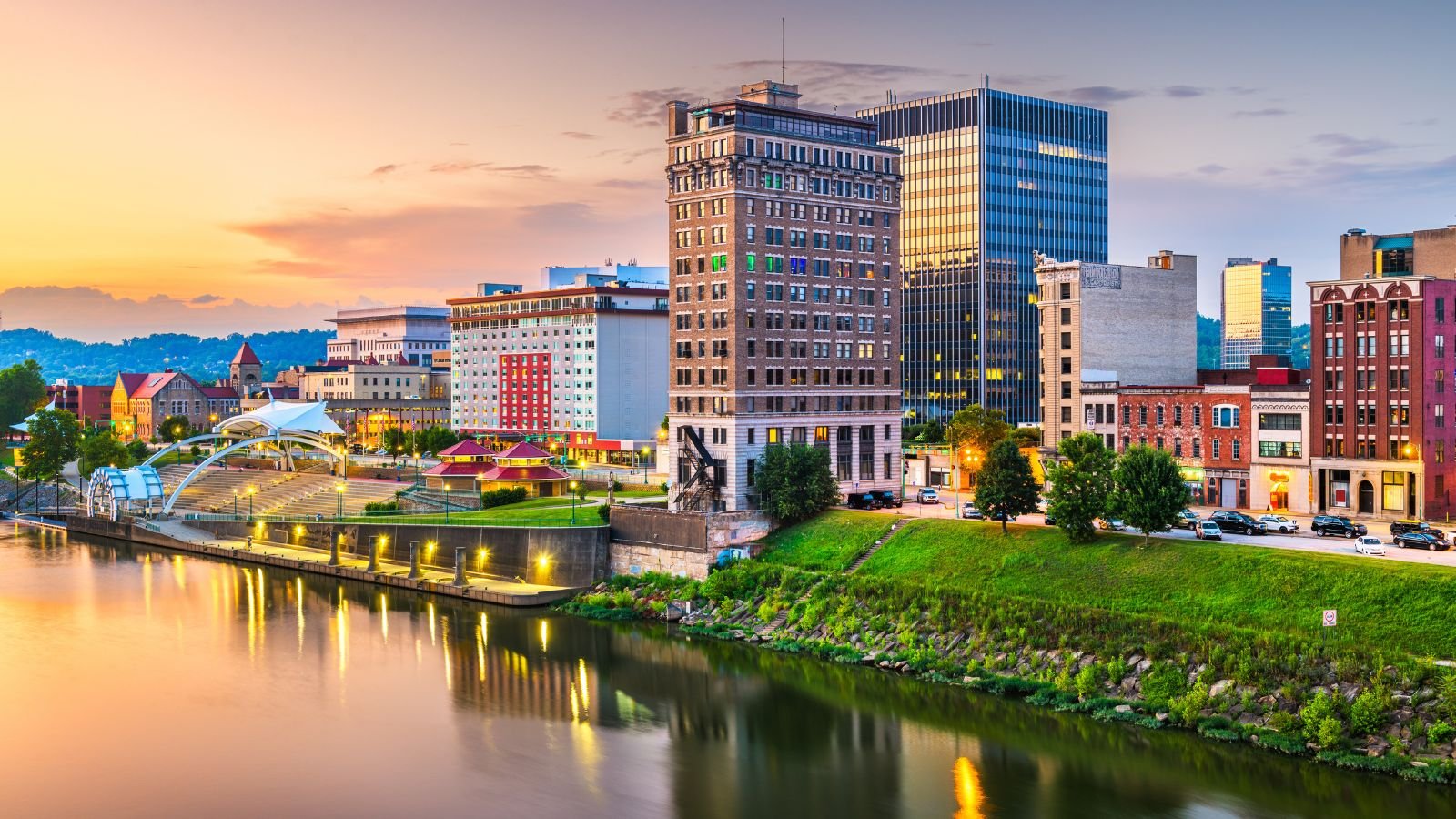
It is a quirky replica of England’s Stonehenge monument. However, unlike the original’s massive stone slabs, Foamhenge uses white polystyrene packing peanuts as its building material. Its appeal is niche, and unconventional materials might not attract everyone.
